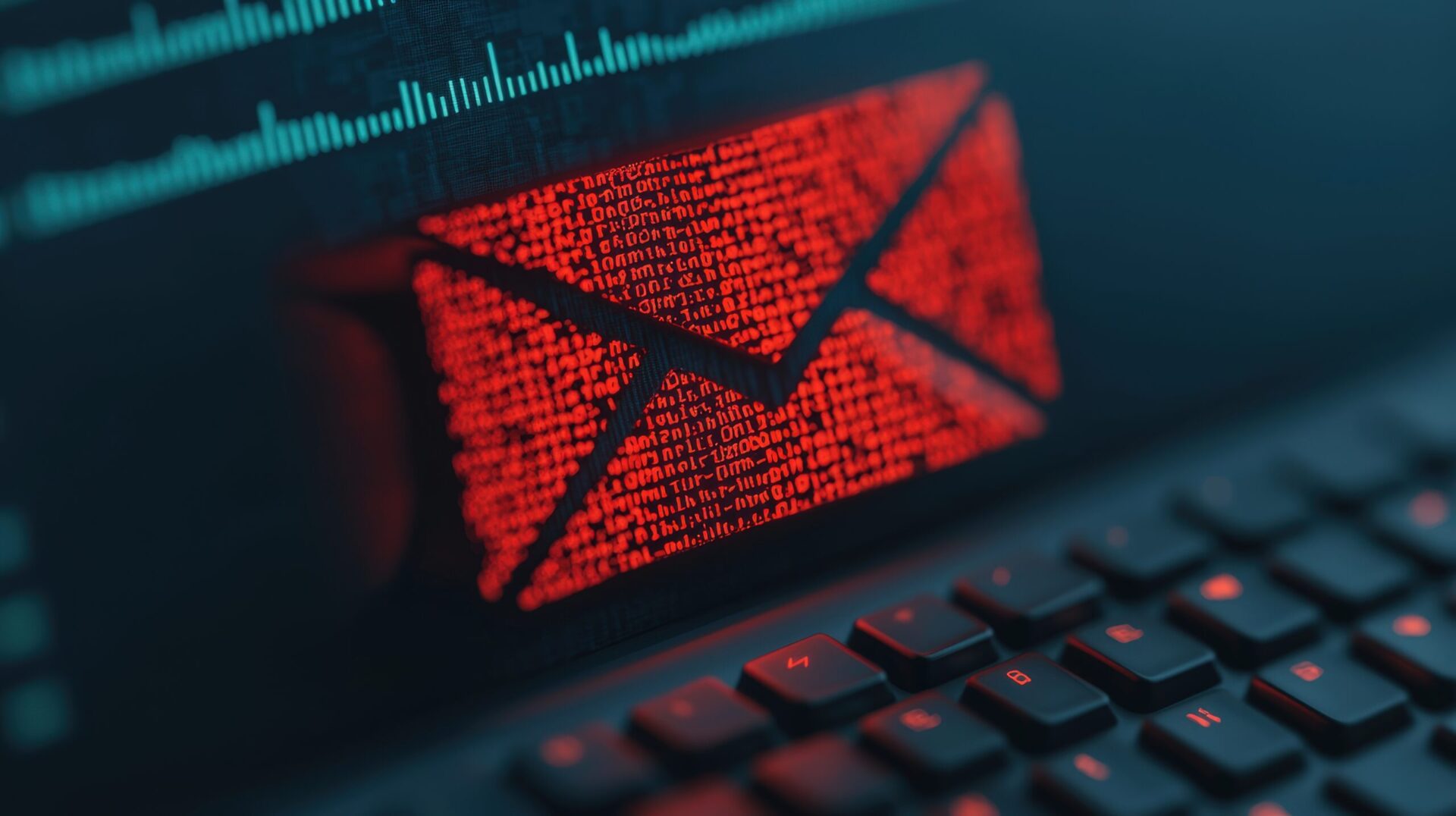Introduction
Ransomware remains one of the most formidable threats in today’s cybersecurity landscape. Once a tool for opportunistic attacks, it has evolved into a sophisticated weapon wielded by organized cybercriminal groups. Modern ransomware not only encrypts critical data but also employs extortion, data exfiltration, and double extortion techniques to maximize its impact. In this article, we delve into how ransomware tactics have evolved, examine the latest trends in these attacks, and explore the cutting-edge countermeasures that organizations can deploy to defend against this relentless threat.
The Evolving Ransomware Threat
Ransomware has undergone a dramatic transformation over the past decade. Early versions were relatively simplistic, often relying on basic phishing emails and rudimentary encryption. Today, however, ransomware operations are marked by a high degree of sophistication. Cybercriminals use advanced phishing campaigns, exploit unpatched vulnerabilities, and even adopt a Ransomware-as-a-Service (RaaS) model, which has democratized the threat landscape by enabling less technically skilled actors to launch devastating attacks.
Key tactics employed by modern ransomware groups include:
- Sophisticated Phishing Campaigns: Highly targeted emails lure recipients into clicking malicious links or downloading infected attachments.
- Exploitation of Vulnerabilities: Attackers capitalize on outdated software and misconfigured systems to gain unauthorized access.
- Double Extortion: Beyond encrypting data, cybercriminals now steal sensitive information and threaten to expose it publicly unless a ransom is paid.
- Ransomware-as-a-Service (RaaS): Cybercriminals can lease ransomware tools, lowering the barrier to entry for launching these attacks.
These tactics have raised the stakes significantly, pushing organizations to rethink and reinforce their cybersecurity strategies.
Cutting-Edge Countermeasures
In response to the evolving ransomware threat, cybersecurity professionals are developing innovative defenses. The following countermeasures represent the forefront of the industry’s efforts to mitigate the risk posed by ransomware:
Advanced Threat Detection and Monitoring
Utilizing artificial intelligence (AI) and machine learning (ML), modern security solutions can analyze vast amounts of data in real time to detect anomalies and potential ransomware activity. By monitoring network traffic and user behavior, these systems can quickly identify suspicious patterns, enabling rapid response and containment.
Robust Backup and Recovery Strategies
A comprehensive backup strategy is a critical line of defense against ransomware. Organizations are implementing automated, regular backups that are stored in secure, isolated environments. This ensures that, even if an attack occurs, vital data can be restored quickly, minimizing downtime and reducing the likelihood of ransom payment.
Zero Trust Architecture
Adopting a Zero Trust security model drastically reduces the risk of ransomware. By enforcing strict access controls, continuous authentication, and network segmentation, organizations can limit an attacker’s ability to move laterally within the network, confining any potential breach to a controlled environment.
Employee Training and Awareness
Human error is a major factor in ransomware infections. Regular training sessions and simulated phishing exercises equip employees with the knowledge to recognize and avoid potential threats, forming a vital human firewall against cyber attacks.
Patch Management and Vulnerability Assessments
Ensuring that all systems and software are up-to-date is essential in preventing ransomware attacks that exploit known vulnerabilities. Continuous vulnerability assessments and prompt patch management are crucial to closing security gaps before they can be exploited.
Threat Intelligence Sharing
Collaboration among industry players and cybersecurity experts is key to staying ahead of emerging ransomware tactics. By participating in threat intelligence sharing networks, organizations can receive early warnings and insights into the latest attack methods, enabling them to adjust their defenses proactively.
The Future of Ransomware Defense
As ransomware tactics continue to evolve, the cybersecurity industry must remain agile and innovative. Emerging technologies, such as quantum computing and enhanced behavioral analytics, promise to further revolutionize the way we defend against these threats. However, the integration of new technologies must be paired with strategic planning, continuous monitoring, and a proactive security culture to be truly effective.
Organizations that invest in advanced threat detection, comprehensive backup solutions, and employee training will be better equipped to withstand ransomware attacks. The future of cybersecurity lies in a holistic approach that combines cutting-edge technology with robust risk management practices.
Conclusion
Ransomware is a dynamic and ever-present threat that demands a proactive and multi-layered defense strategy. By understanding the evolving tactics of ransomware operators and implementing cutting-edge countermeasures, organizations can significantly mitigate the risks associated with these attacks. A combination of advanced threat detection, robust backup and recovery systems, Zero Trust architectures, and comprehensive employee training forms the cornerstone of an effective defense strategy.
At Red Code, we are committed to empowering organizations with the tools and insights necessary to stay ahead of cyber threats. Embracing innovation and fostering a culture of continuous improvement are key to building a resilient cybersecurity framework that can adapt to the challenges of tomorrow.
Stay vigilant, embrace advanced security practices, and together, let’s create a safer digital future.
